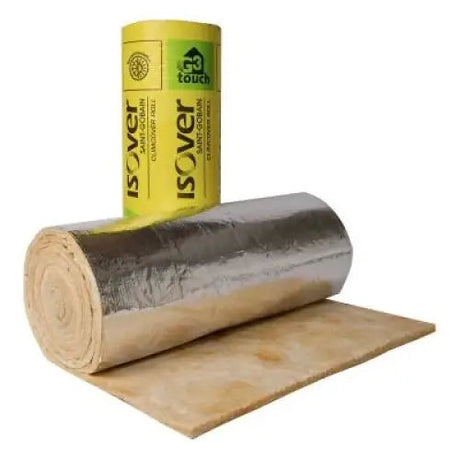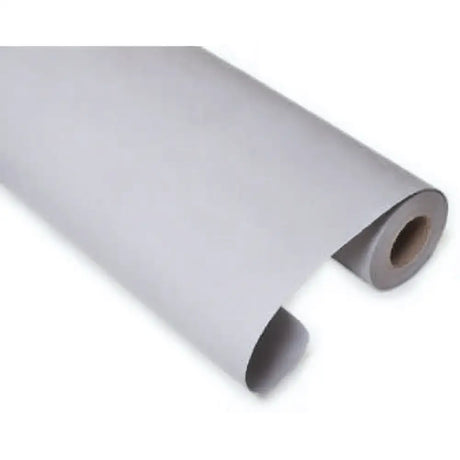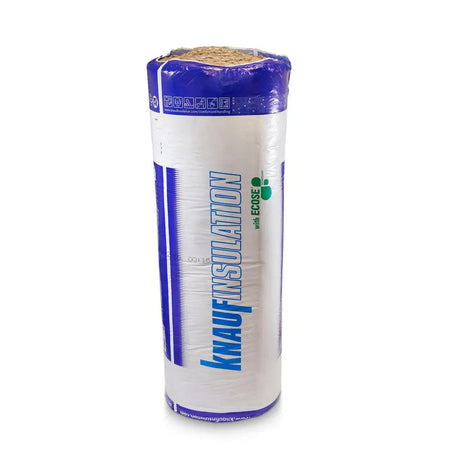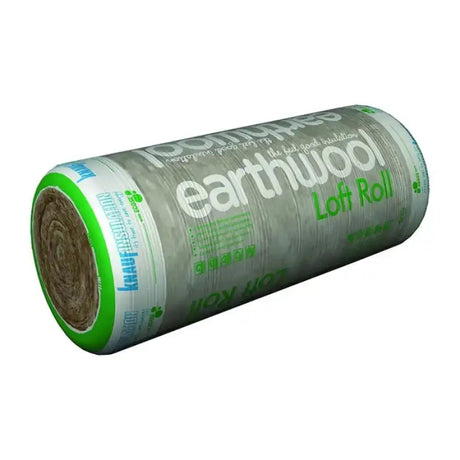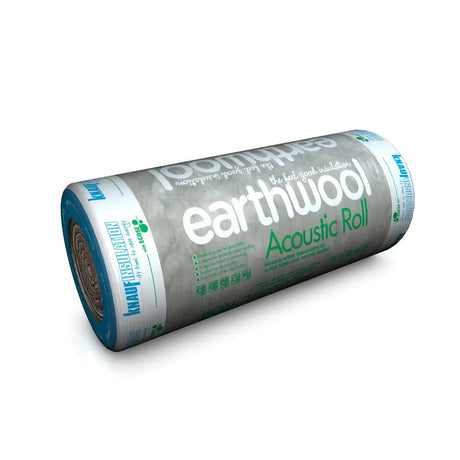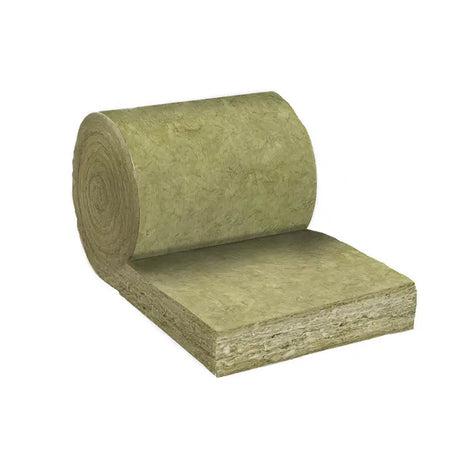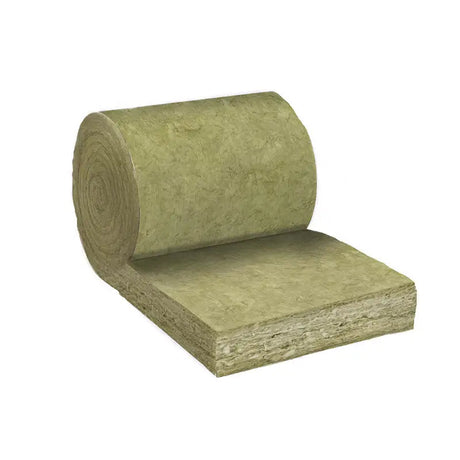Introduction to Fire-Resistant Coverings
In today's safety-conscious world, fire-resistant coverings are more than just a precaution; they're a necessity. Whether it's the construction industry, the realm of electrical equipment, or the world of transportation, these specialised materials play a critical role in protecting lives and property. But what exactly are fire-resistant coverings? Why are they so important across various industries? Let's delve into the fiery depths of this topic and shed some light on the materials that stand between us and disaster.
Understanding Fire-Resistant Coverings
Definition of Fire-Resistant Coverings
Fire-resistant coverings, as the name suggests, are materials designed to withstand extreme heat and resist burning. These coverings are particularly crucial in preventing the spread of fire, providing additional escape time, and minimising damage during emergencies. But it's not just about being tough against flames; these materials are also about ensuring that, when the heat is on, they don't release harmful toxins.
Importance of Fire-Resistant Coverings in Various Industries
Ever wondered why fire-resistant coverings are so pivotal? Imagine your workplace, home, or the car you drive without protection against fire. A single spark could lead to a catastrophe. These coverings are the unsung heroes, often working behind the scenes, to keep us safe from the devastating impact of fires.
Types of Materials Used in Fire-Resistant Coverings
When it comes to materials, not all heroes wear capes. Some come in the form of fibreglass, ceramics, and various fire-retardant fabrics. These materials are carefully selected for their ability to stand the heat without falling apart or catching fire. They're the tough guys of the material world, and they take their job of protecting us very seriously.
Fire-Resistant Coverings in Construction
Role of Fire-Resistant Coverings in Building Construction
In the world of construction, fire-resistant coverings are akin to the knights of the round table – always ready to defend against the fiery dragon. These materials form a protective barrier in buildings, ensuring that structures have the strength to withstand fire's wrath, at least for a while, giving inhabitants precious time to evacuate.
Types of Fire-Resistant Coverings Used in Construction
From intumescent paints that swell up when heated, acting like a shield to protect the structural integrity, to fire-resistant boards that line walls and ceilings, there's an arsenal of materials at our disposal. And let's not forget the fire-resistant mastics and sealants that fill in the gaps and cracks, preventing smoke and flames from sneaking through.
Standards and Regulations for Fire-Resistant Coverings in Construction
Now, you can't just slap on any old material and call it fire-resistant. There are standards and regulations, such as the British Standards and the Building Regulations Part B, that dictate which materials make the grade. It's all about ensuring the highest level of safety and making sure buildings are up to the task of protecting us when it counts.
Fire-Resistant Coverings in Industrial Settings
Application of Fire-Resistant Coverings in Industrial Environments
In the industrial sector, fire-resistant coverings are the silent guardians of the factory floor. They wrap around pipes, ducts, and cables, shielding them from extreme temperatures and potential ignition sources. It's like wrapping a protective cloak around the vital arteries of industry, keeping operations running smoothly and safely.
Benefits of Using Fire-Resistant Coverings in Industrial Settings
The perks of using fire-resistant coverings in these settings are numerous. They not only protect the infrastructure and machinery but also safeguard the workforce. Plus, they can prevent small incidents from escalating into full-blown disasters, saving businesses from the financial inferno that often follows a fire.
Examples of Industries That Require Fire-Resistant Coverings
You might be surprised by the variety of industries that rely on these materials. From the power plants generating electricity to the chemical factories where reactions must be contained, fire-resistant coverings are everywhere. Even the food industry, with its ovens and fryers, depends on these materials to keep the heat where it belongs.
Fire-Resistant Coverings for Electrical Equipment
Significance of Fire-Resistant Coverings for Electrical Equipment
Let's switch gears and talk about electricity. Electrical equipment is like the nervous system of modern life; it needs protection. Fire-resistant coverings ensure that if a wire decides to spark up a conversation with a nearby flammable material, the chat is cut short before it turns into a blazing argument.
Types of Fire-Resistant Coverings for Electrical Components
From insulation wraps to fire-retardant tapes, electrical components have a wardrobe of coverings to choose from. These materials are not just about preventing fires; they're also about maintaining the integrity of the equipment so that, even when things get hot, the lights stay on, and the machines keep humming.
Standards and Certifications for Fire-Resistant Coverings in Electrical Applications
Electrical safety is no joke, and neither are the standards that govern it. There's a whole alphabet soup of certifications like UL, IEC, and ASTM that ensure fire-resistant coverings for electrical equipment meet strict safety criteria. Without these, you'd be taking a gamble with every flick of a switch.
Fire-Resistant Coverings for Transportation
Use of Fire-Resistant Coverings in the Automotive Industry
Now, let's hit the road and talk about cars, trucks, and buses. These modern chariots are equipped with fire-resistant materials in the upholstery, insulation, and even under the hood. It's about keeping you safe on your journey, whether you're driving to the office or taking a cross-country road trip.
Importance of Fire-Resistant Coverings in Aircraft and Marine Transportation
Taking to the skies or sailing the seven seas? Fire-resistant coverings are just as crucial. The last thing you want at 30,000 feet or in the middle of the ocean is a fire. These coverings are designed to withstand not just flames but also the unique challenges posed by these environments, like high pressures and corrosive saltwater.
Regulations and Standards for Fire-Resistant Coverings in Transportation
Whether by land, air, or sea, transportation vehicles must adhere to a strict set of fire safety standards. These rules ensure that every journey has a built-in layer of protection, making travel safer for everyone on board. It's not just about moving from A to B; it's about getting there without getting singed.
Testing and Certification of Fire-Resistant Coverings
Overview of Testing Methods for Fire-Resistant Coverings
Testing fire-resistant coverings isn't as simple as bringing a match close and seeing what happens. Labs use controlled environments to simulate extreme conditions, measuring how materials behave under duress. It's like putting these materials through a boot camp to ensure they're tough enough for the real world.
Importance of Certification for Fire-Resistant Coverings
Certification is the golden ticket in the fire-resistant world. It's proof that the material has been poked, prodded, and exposed to the elements and has come out on top. Without certification, there's no guarantee that the covering will hold up when it's game time.
Recognized Certification Bodies for Fire-Resistant Coverings
In the UK, bodies like the British Standards Institution (BSI) and the Loss Prevention Certification Board (LPCB) are the gatekeepers of safety. They're like the bouncers at the club of fire safety, ensuring that only the best and toughest materials make it through the doors. Certainly! Here's the continuation:
Maintenance and Inspection of Fire-Resistant Coverings
Importance of Regular Maintenance of Fire-Resistant Coverings
Even the sturdiest armour needs upkeep, and fire-resistant coverings are no exception. Regular maintenance is key to ensuring that these materials keep their protective promise. It's like giving your car a service; neglect it, and you might find it won't be there for you when you need it most.
Inspection Procedures for Ensuring the Effectiveness of Fire-Resistant Coverings
Inspections are the health checks for fire-resistant materials. Trained professionals scrutinise them to spot any wear and tear or damage that could compromise their integrity. They're like detectives, looking for clues that indicate a material might not perform when the heat is on.
Common Maintenance Issues and Solutions for Fire-Resistant Coverings
Over time, fire-resistant coverings can face issues like cracking, peeling, or even water damage. The solution? Regular check-ups and timely repairs. It's about being proactive rather than reactive, tackling small problems before they escalate into fiery disasters.
Advancements in Fire-Resistant Covering Technology
Innovations in Materials and Design for Fire-Resistant Coverings
The fire-resistant covering industry is not stuck in the Dark Ages; it's an arena of constant innovation. New materials and designs are being developed that are lighter, stronger, and more effective at keeping the flames at bay. It's a bit like the tech industry, always pushing the boundaries of what's possible.
Impact of Technology on the Performance of Fire-Resistant Coverings
Thanks to technological advancements, today's fire-resistant coverings are not just about preventing flames; they're also about improved aesthetics and functionality. With smart materials that can react to heat and even self-repair, the future of fire safety is looking bright – and not because of the flames.
Emerging Trends in Fire-Resistant Covering Technology
The latest trends in fire-resistant technology include eco-friendly materials and intelligent systems that can alert you to danger before it becomes visible. These emerging trends are paving the way for a safer future, where fire protection is seamlessly integrated into our environments.
Environmental Considerations for Fire-Resistant Coverings
Eco-Friendly Options for Fire-Resistant Coverings
As the world becomes more environmentally conscious, so does the world of fire-resistant coverings. There are now options available that are less harmful to the planet, made from recyclable materials, or designed to have a lower carbon footprint. It's like choosing the green salad over the greasy burger; it's better for your health and the environment.
Impact of Fire-Resistant Coverings on the Environment
Traditional fire-resistant materials can have a significant environmental impact, both in their production and disposal. But the industry is changing, with a growing focus on sustainability. It's a case of thinking globally and acting locally, with every fire-resistant sheet or sealant.
Sustainable Practices for the Disposal of Fire-Resistant Coverings
Disposal of fire-resistant materials requires careful consideration. The aim is to recycle and repurpose where possible, reducing landfill waste. It's about being responsible stewards of the environment, ensuring that the materials that protect us today don't harm us tomorrow.
Fire-Resistant Coverings and Insurance
Influence of Fire-Resistant Coverings on Insurance Premiums
Did you know that using fire-resistant materials can affect your insurance premiums? It's true. Just like having a burglar alarm can lower your home insurance, fire-resistant coverings can make you less of a risk in the eyes of insurers. It's a win-win; you get better protection and potentially lower costs.
Compliance with Insurance Regulations through Fire-Resistant Coverings
Insurance companies often require compliance with safety regulations, and that includes having the right fire-resistant coverings in place. By meeting these requirements, you're not just ticking boxes; you're creating a safer space and potentially saving money on premiums.
Case Examples of Insurance Benefits Related to Fire-Resistant Coverings
There are numerous stories where fire-resistant coverings have led to reduced insurance claims and premiums. These aren't just urban legends; they're real-life cases where being prepared has paid off financially and, more importantly, in terms of safety.
Installation and Application of Fire-Resistant Coverings
Best Practices for Installing Fire-Resistant Coverings
The installation of fire-resistant coverings is not a DIY job for a lazy Sunday afternoon. It's about following best practices, which often means bringing in the professionals. They know the ins and outs, ensuring that the coverings are applied correctly and effectively.
Considerations for the Proper Application of Fire-Resistant Coverings
When applying fire-resistant materials, you have to consider factors like the surface type, environmental conditions, and the specific hazards of the area. It's like dressing for the weather; you wouldn't wear flip-flops in a snowstorm, and you wouldn't use the wrong type of fire-resistant material where it's not suited.
Common Challenges During the Installation Process and Their Solutions
Challenges during installation can range from the material not adhering properly to it not fitting the space as intended. The solutions often involve preparation, using the right adhesives and sealants, and ensuring that surfaces are clean and primed. It's about knowing the tricks of the trade to overcome any obstacle.
In conclusion, fire-resistant coverings are a vital part of modern safety measures across various industries. Their development, application, and maintenance are crucial in safeguarding lives, property, and the environment. As technology advances, so do the capabilities and efficiencies of these life-saving materials. It's a constantly evolving landscape, but the goal remains the same: to keep the fire at bay and ensure a safer world for all.


